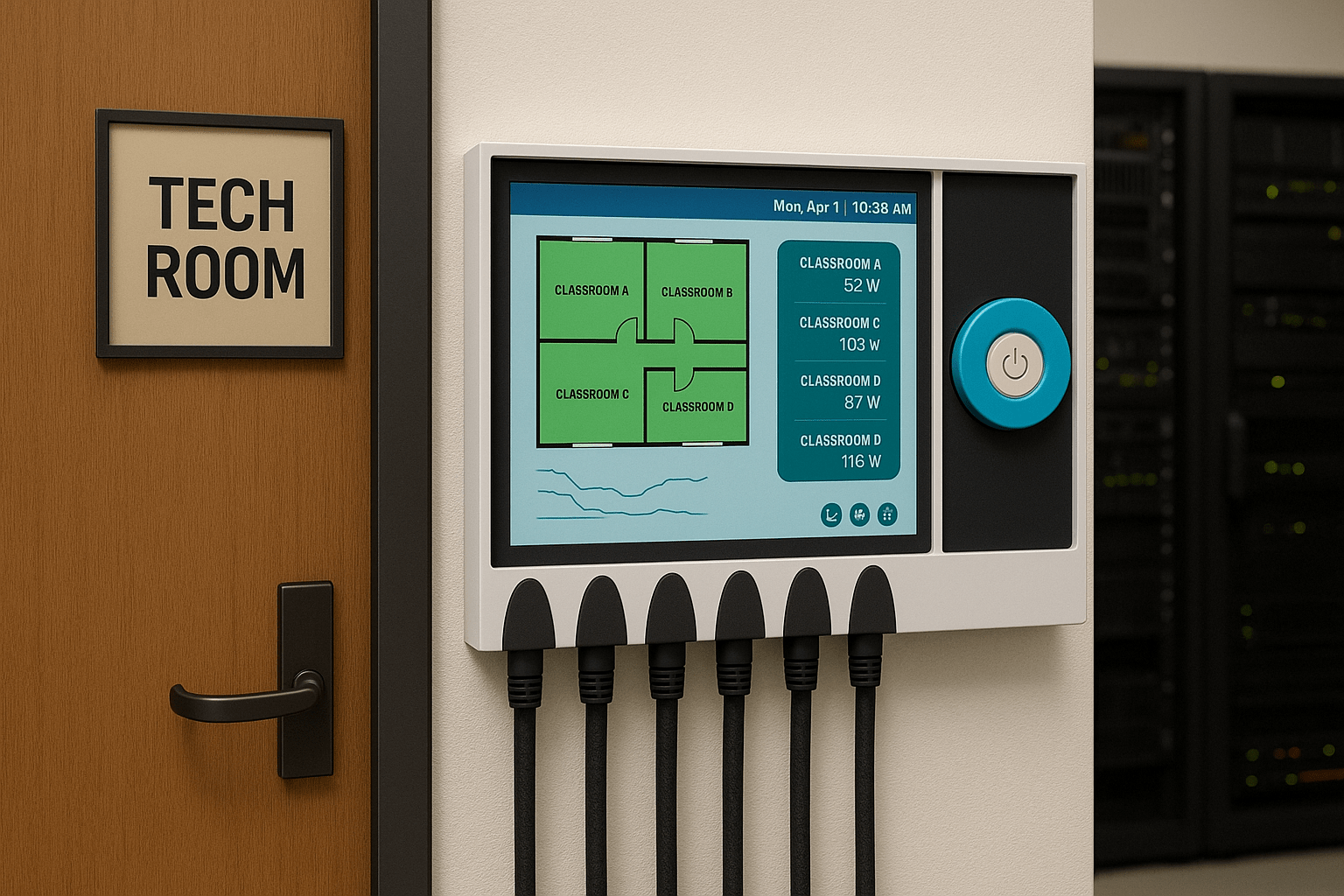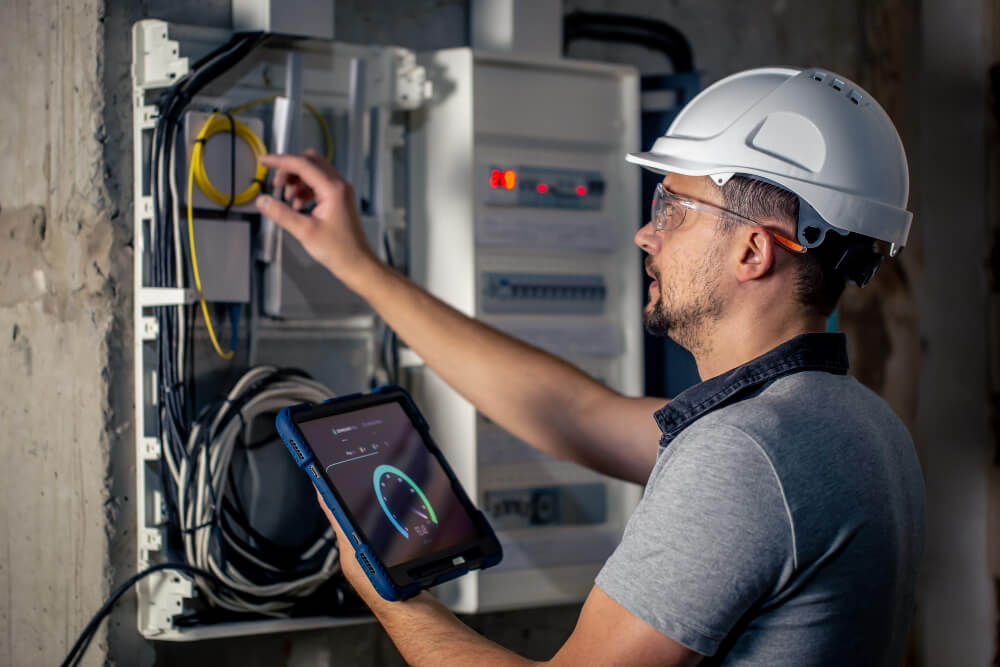
Green construction: A deep dive into building standards
Learn how green construction will rely on a common language for sustainable building rating schemes to help investors drive the green renovation revolution.
Science and technology have benefitted humanity to the point that our impact on the environment is putting our own health at risk. Urbanization continues around the globe and now, 74 percent of Europeans live in cities. The demand to provide sustainable buildings and infrastructure to every urban environment will only increase in the future.
We know today that green and sustainable construction can help alleviate the burden on the environment and energy systems while improving public health. But the Circular Economy and sustainable design are relatively new concepts developed within the last couple of decades – and most of the existing building stock was not built to meet these principles. According to the Buildings Performance Institute Europe (BPIE), the majority of Europe’s buildings continue to be energy-inefficient.
Benefits of sustainable buildings
Sustainable buildings have become desirable investments. Property and real estate developers are more and more realizing that sustainable and energy efficient buildings have a direct impact on long-term profits. Where some see a challenge, others see an opportunity. Investing in a building’s sustainability can have a major impact on the bottom line.
The major benefits of investments in high quality sustainable buildings include:
- Reduced operational costs through less energy consumption and maintenance.
- Increased occupancy and improved tenant satisfaction.
- Better debt-equity rates.
- A slower rate of depreciation and greater price premiums.
- Decreased risk of energy price hikes and lower default risk.
Considering that the construction and long-term operation of buildings make up 40 percent of global energy use combined with people spending 90 percent of their time indoors, the built environment needs to improve. Smart investors realize that green construction and sustainable buildings provide a Triple Bottom Line opportunity.
This realization led institutional investors, the public sector, and private businesses to embrace the concept of green construction and sustainable infrastructure. Whenever equity is at stake, investors want to ensure the long-term viability of their assets. More and more we see that sustainable rating schemes help investors make smart investments in features that improve energy efficiency, lower operating costs, and improve the health of the occupants.
Understanding the current sustainable building schemes
A city that invests in the health and wellbeing of its citizens and infrastructure is more attractive to businesses and individuals. Therefore, certification schemes for sustainable buildings matter as they guide decision-makers, investors, and designers to take a more holistic approach when constructing new or renovating existing buildings.
The different certification schemes all aim to achieve the same thing but vary in their approach and balance between how they rate and prioritize the impact on the environment, on society, and the economy. Here are the basic elements of each of the major established sustainability schemes that we see in the market today:
- BREEAM (Building Research Establishment Environmental Assessment Method) – This scheme remains primarily focused on the environmental aspects of sustainability, closely followed by social dynamics. For certification purposes, elements like resource consumption, environmental impact, and health benefits are dominant factors.
- LEED (Leadership in Energy and Environmental Design) – With a small focus on the lifecycle dimensions, LEED focuses primarily on the environmental impact of buildings and to a lesser extent addresses the social impacts regarding sustainability. LEED predominantly focuses on environmental concerns.
- HQE (Haute Qualité Environnementale) – Placing the social element of sustainability at the top of the agenda, HQE has 14 goals with several of them addressing the health of occupants and only a little going to the economic aspects of sustainability.
- DGNB (Deutsche Gesellschaft für Nachhaltiges Bauen or German Sustainable Building Council) – One of the most balanced sustainability schemes, the DGNB places focus on health, stability of value, responsible management of resources and a holistic view of lifecycle management. DGNB places equal focus on all aspects of sustainability. The positive impact of construction needs to be improved across all parameters to improve the rating in the DGBN system.
The framework to better understand sustainability schemes
Sustainable building rating schemes have been around for decades, the oldest being BREEAM which was established in 1990. Subsequent rating schemes tend to be region-specific, sometimes down to individual cities. That is why understanding the different ratings within the context of a bigger scheme without a common language is a challenge for investors. Each code and rating scheme have different requirements and evaluation methods and lacks a uniform language when quantifying performance.
To address this issue, there is a move across Europe to harmonize the approach towards a common framework for sustainable buildings. The EU Commission has developed the Level(s) framework to help standardize the core indicators for the sustainability of offices and residential buildings.
Level(s) helps Europe achieve its policy objectives by establishing a common language (or understanding) of building sustainability. It takes a lifecycle approach to buildings and their ability to provide health and comfort while limiting their impact on the environment. Level(s) can also be used in assessment and certification schemes to make sure that their criteria reflect the most important priorities for a circular economy at a European level. By having a common basis for assessment, the results on various sustainability aspects can be compared across the different performance rating schemes.
The Level(s) framework is structured around six different priority areas or ‘macro-objectives’, identified by the European Commission and eight performance indicators that contribute to achieving these macro-objectives.



